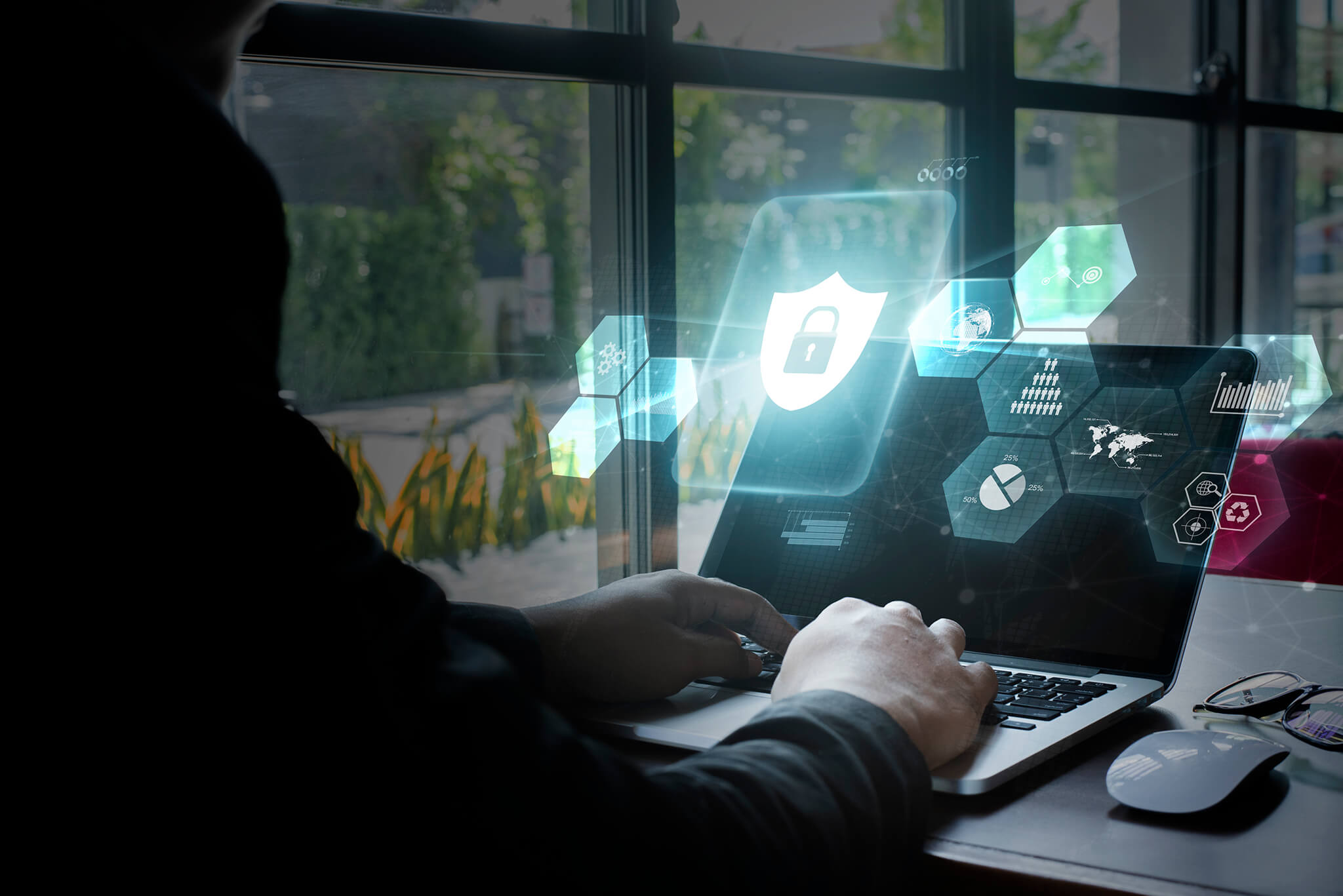*The art picture provided by Zenaviv project. The artist - Himal Bikmal, the art title - 'Northern Lights'.
All websites face the danger of being compromised by hackers so taking steps to improve your site's digital security is integral to protecting your data. As more people than ever are creating their own personal or professional websites, content management systems like WordPress have evolved to become incredibly easy to use. However, the functionality and accessibility of such systems have also led to them being targeted by hackers and scammers. Whether you use a popular CMS or not, improving your website's security isn't difficult with these simple tips.
1. Passwords
The first step to improved security is possibly the most obvious one, but it is often surprisingly overlooked. The key to good password security is to make it complicated and varied. Never use the same password twice and make sure it consists of at least eight characters and numbers. Capitalize the letters seemingly at random, and ideally don't pick a real word; instead make one up or combine two to create a new word relevant to you.
There are many programs or techniques you can use to remember your different passwords, so there is no excuse for reusing the same one twice. The vast majority of website security breaches can be prevented by tighter password management so make sure you don't make it easy for any potential hackers by having weak passwords.
2. Software updates
Keeping your software updated is a key component of efficient website security. Software developers and hackers are in a constant arms race to develop more advanced techniques so updating your software as soon as possible can be the difference between a compromised website and a secure one.
No matter how safe and secure a piece of software may once have been, it is only a matter of time before it becomes corruptible, so regular updating is essential. Set up email reminders and be aware of any notifications that will alert you to when you need to update your software and act on it as soon as possible.
3. Single server policy
As a rule, host each website you run or own on a separate server. It is always too tempting to run several sites on one server if possible, but if one site gets compromised, all the others on the same server will be at considerable risk. Compartmentalise the threat by assigning one server per site.

It may seem like an unnecessary hassle or an avoidable expense but the minimal fees laid out for separate servers will save you a lot more cash and time later on down the line if one of your websites does infect the others on a single server.
4. Avoid default settings
Automated attacks work on the basis that users of popular content management systems use their default settings. Change your security settings as a matter of course, even if the adjustment seems trivial. By avoiding default settings, you'll remove the danger of automated attacks scanning the web for easy targets.
The evolution of content management systems has brought with it many benefits regarding usability, but vast numbers of people using the same settings invite pressure from dangerous sources. Make the CMS work for you by separating yourself from the masses by tinkering with your default settings.
5. Permissions
Be wholly aware of who you grant website permissions to. When multiple people are working on one site, it can be easy to get lax with the security allowances for the sake of convenience, but you must keep a tight rein when allowing others to access your site.
Keep a check on which permissions are granted at any one time and only allow each person the bare minimum access to be able to do their specific job efficiently. When they've finished the job, remove their access. Treat access to your website as you would admittance to your own home.
Website security is a crucial aspect of any digital enterprise and protecting your site from harm can be the difference between success and failure in your online endeavor. By following these simple steps, you will separate yourself from the masses and significantly improve any website's security without the need for expensive software.